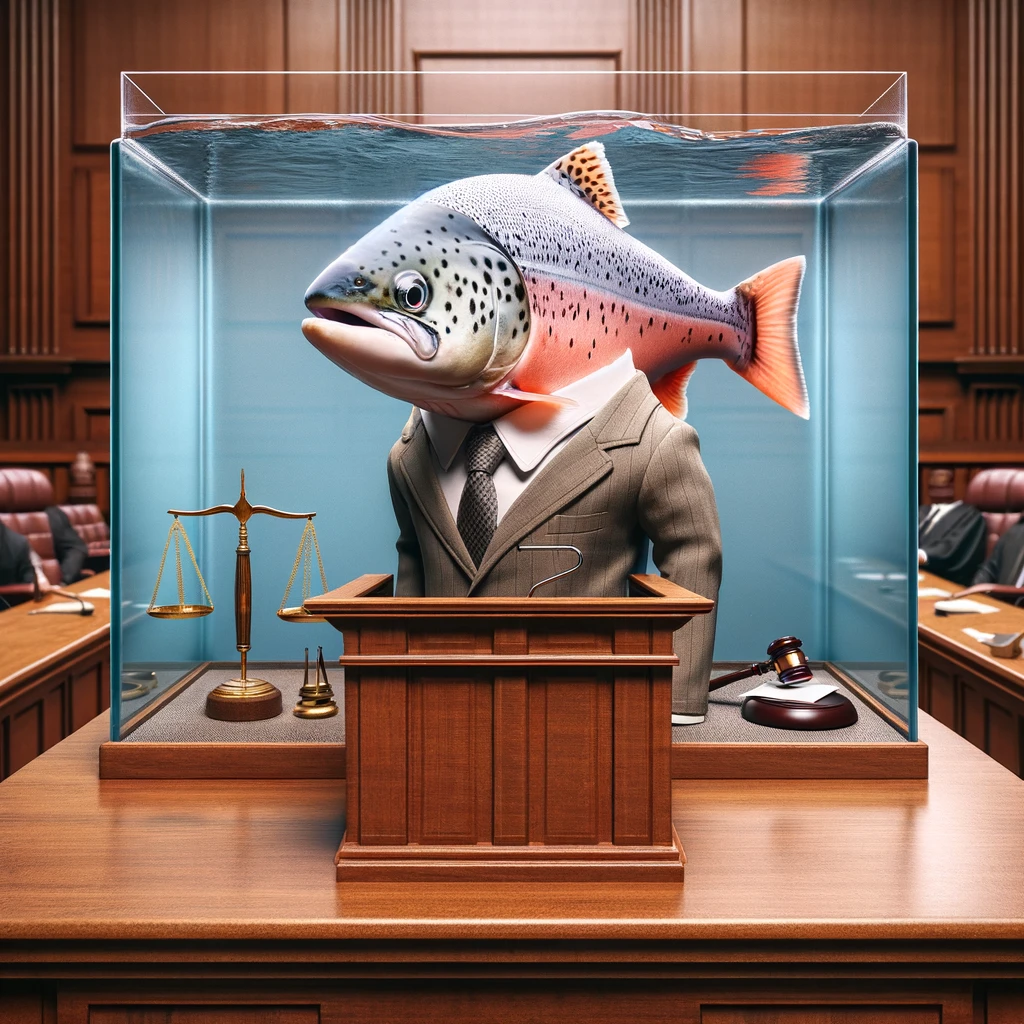Salmon fishing, a revered and long-standing tradition, plays a significant role in many cultures and economies around the world.

However, due to environmental challenges and overfishing, salmon populations have faced considerable threats, necessitating strict regulations to ensure their survival and sustainable harvest. Understanding these regulations is crucial for anglers and conservationists alike.
Importance of Regulations
Salmon fishing regulations are designed not just for maintaining the sport but also for protecting salmon populations from decline and extinction. These rules address various aspects of fishing such as seasons, gear restrictions, catch limits, and size restrictions, each playing a critical role in conservation efforts.
Fishing Seasons
One of the primary regulatory measures is the establishment of fishing seasons. These seasons are determined based on salmon life cycles and migration patterns. For instance, in many regions, salmon fishing is prohibited during spawning periods to allow the fish to reproduce without disturbance. This ensures that sufficient numbers of salmon return to their natal rivers to maintain healthy populations.
Gear Restrictions
To reduce the impact on salmon populations and the ecosystem, specific gear types may be banned or required. Common regulations include restrictions on the size and type of hooks and nets, the prohibition of certain bait types, and requirements for fish-friendly gear like barbless hooks. These measures aim to minimize unintentional catch (bycatch) of non-target species and reduce harm to fish that are caught and released.
Catch Limits and Size Restrictions
Catch limits are a cornerstone of salmon fishing regulations. These limits, often specified as a daily or seasonal total, help ensure that fishing pressure does not exceed the reproductive capacity of the salmon population. Size restrictions are also enforced, allowing smaller, younger fish to grow and reproduce, thereby contributing to the sustainability of the population.
Special Area Regulations
In addition to general regulations, special rules may apply to specific areas, especially in regions with sensitive ecosystems or endangered salmon populations. These areas might have stricter limits, gear restrictions, or even complete bans on fishing.
Licensing and Reporting
Obtaining a fishing license is typically mandatory for salmon fishing. Licenses serve a dual purpose: they help manage the number of anglers and fund conservation and research efforts. In some areas, anglers are also required to report their catches, providing valuable data for monitoring salmon populations and fisheries management.
Penalties for Non-Compliance
Violations of salmon fishing regulations can lead to significant penalties, including fines, confiscation of gear, and revocation of fishing licenses. These penalties underline the seriousness of the regulations and the commitment to salmon conservation.
The Role of Anglers in Conservation
Responsible anglers play a vital role in conservation. By adhering to regulations, participating in habitat restoration projects, and supporting sustainable fishing practices, anglers contribute to the health of salmon populations and the broader ecosystem.
Salmon fishing regulations are a complex but necessary framework designed to protect salmon populations. They balance the needs and traditions of anglers with the imperative of conservation. Understanding and adhering to these regulations is essential for the sustainability of this valuable resource, ensuring that future generations can continue to enjoy the benefits of salmon fishing.